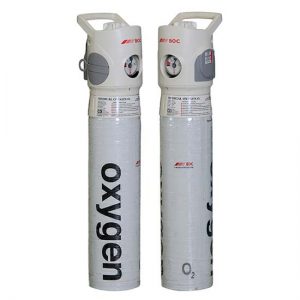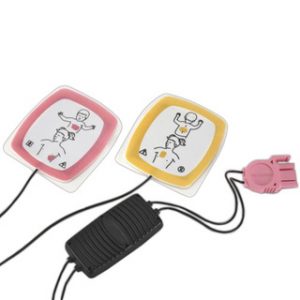Being Prepared For An Emergency In The Dental Practice
Are you prepared for a medical emergency in your dental practice?
Whilst we saw in the previous lesson that medical emergencies are uncommon in dental settings they do happen and the risk is higher than in most other settings because of the stress felt by many patients when attending the dentist and the nature of the treatment. In the event of a medical emergency dental team members need to be prepared and ready to perform lifesaving treatment.
Checklist of Medical Emergency and Resuscitation Equipment For Primary Dental Care
Minimum Equipment recommended by the Resuscitation Council (UK)
AIRWAY AND BREATHING EQUIPMENT WHICH SHOULD BE IMMEDIATELY AVAILALBLE
- PPE – gloves, aprons, eye protection
- Pocket mask with oxygen port
- Portable suction e.g. Yankauer (Airway suction equipment)
- Airways sizes 0,1,2,3,4
- Self-inflating bag with reservoir (adult)
- Self-inflating bag with reservoir (child)
- Clear face masks for self-inflating bag (sizes 0,1,2,3,4)
- Oxygen cylinder (e.g, BOC CD cylinder 460 Ltr)
- Oxygen masks with reservoir
- Oxygen tubing
CIRCULATION EQUIPMENT WHICH SHOULD BE IMMEDIATELY AVAILALBLE
- Automated external defibrillator (AED)
Consider facilities for paediatric use, especially for practices that treat children. - Adhesive defibrillator pads and spare set of pads
- Razor
- Scissors
Points To Consider
Have you got enough oxygen?
- Oxygen cylinders should be easily portable but also allow adequate flow rates, for example 15 litres per minute, until an ambulance arrives or the patient fully recovers
- Consider what size of cylinder to use and whether you need a second one in case the first is at risk of running out
- This is particularly important if the practice is located in a remote area or where traffic can be especially busy.
- Check at least weekly that oxygen and all other equipment is in date, available and functioning correctly (CQC).
- If you treat children in the practice, check that the AED has a switch facility enabling use on children or separate paediatric pads which can be used.

Is your AED suitable for children?

